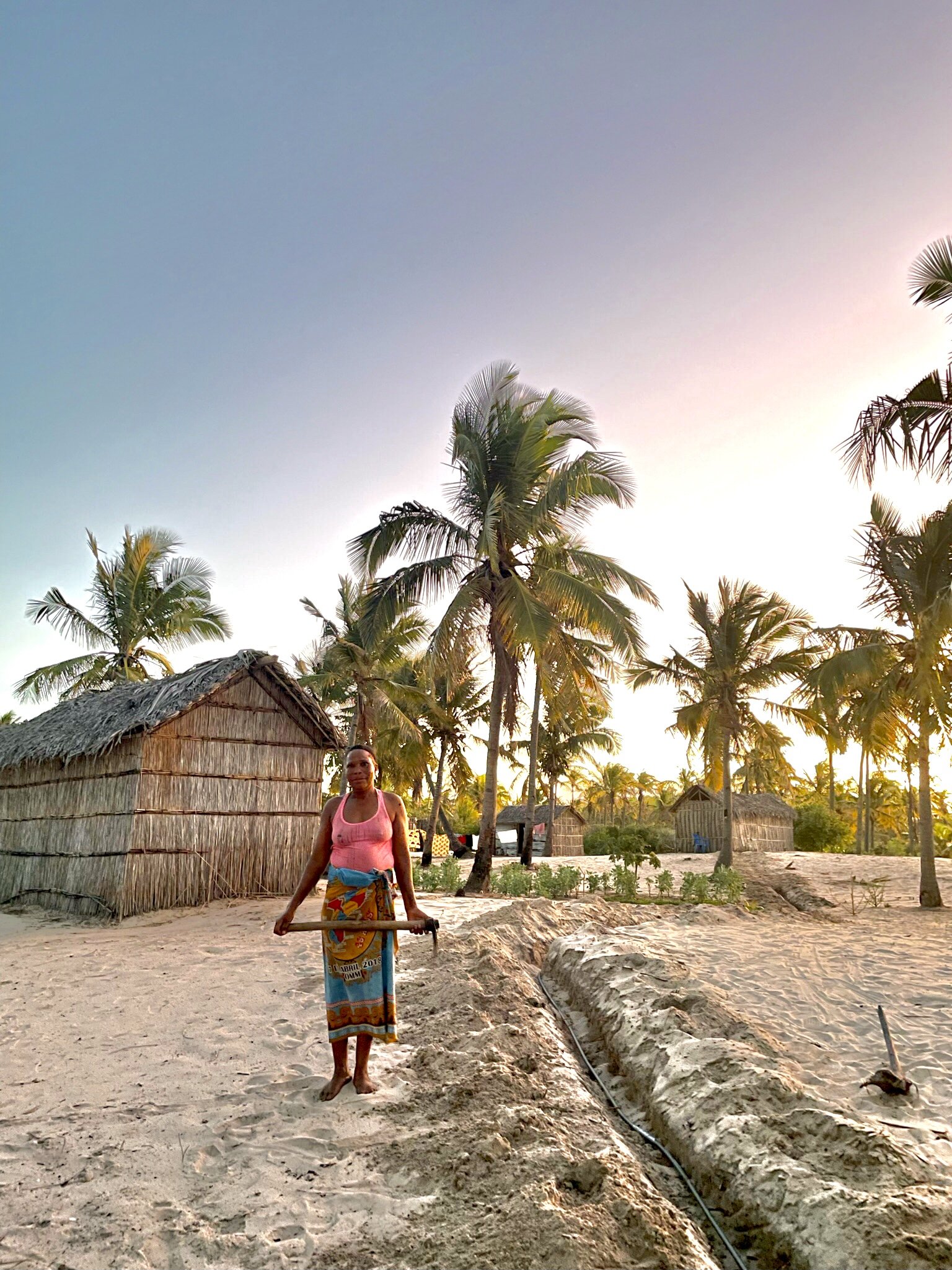



Collective PV nanogrid for households in Linga Linga
Abstract
About a third of Mozambique’s population has access to electricity, and the same number in rural areas, where most of the population lives, is down to 5 %. Small-sized off-grid solutions are economical alternatives to increase the electricity access rate in rural areas, and solar power is a common energy source due to price and weather conditions. Still, the economical aspect is the main hindrance to an increased electrification rate in Africa.
This report aims to investigate how to make electricity affordable, in a sustainable way, by answering the main research question “What is the capability, economically, socially, and technically, for a shared nano offgrid system in the village Linga Linga?”. This was done by performing a Minor Field Study in the village Linga Linga, in southern Mozambique, with the help of the non-profit organization Project Vita. A collective nano-grid photovoltaic (PV) system was installed to electrify three households, including nine houses and eleven people, where the wage earners are all women.
Before the construction and installment of the PV system, the first round of two interviews was conducted to investigate the energy situation for the households. After the interviews, the main components of the energy system: PV panels, inverter, charge controller, batteries, and cables, were sized and purchased. The energy system was sized to cover an energy demand of eleven Light-Emitting Diode (LED)-lights, four 3 W and seven 5 W, lit all day and all night, and three outlets for charging cell phones eight hours a day. This corresponds to an energy demand of 1,369 Wh per day, and a maximum power demand of 77 W. The resulting system cost is 87,570 Mozambique Metical (MZN), or 1,400 United States Dollars (USD). When calculating the technical lifetime to be 20 years, three of the main components must be replaced. That results in a system cost of 122,470 MZN, 1,960 USD, and the cost per wage earner of the participating households is 4.3 % of the average Mozambican’s annual salary.
After the system had been running for about a week, the second round of interviews was carried out. On the same occasion, the households were informed about the maintenance and usage of the system, and they were handed manuals and contracts to sign. The interviewees reported that they had been working for more hours a day, handicrafts being their main source of income, thanks to the electric lights. The women were positive about collective ownership and sharing electricity and stated that they prefer a collective system to separate ones, even for the same cost. The interviews showed that the energy demand was lower than what the system was sized for, meaning that a system designed for the actual energy demand would have been both cheaper and smaller. However, the energy behavior could change with time as society develops and the users get more familiar with electricity. No clear answers were obtained regarding the willingness to pay (WTP) for the system, and the interpretation is that the household, in their current situation, cannot consider buying an energy system comparable to the prototype built for this report, due to the system cost.
A collective solar nano-grid in rural Mozambique is concluded to be a well-functioning solution and one of the more economical electrification alternatives. Although the prototype in this study was too expensive for the participating households to pay for by themselves, it could support sustainable development and open for possibilities like increased productivity and income. Moreover, it could be expanded by connecting more loads and upscaling to further cut the system cost per person and increase the societal benefits.
